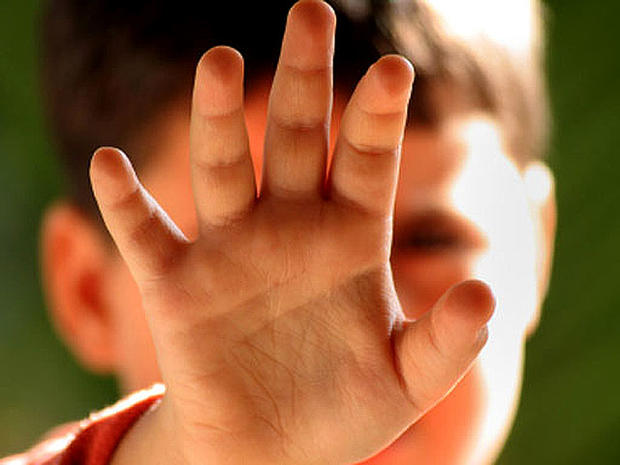Self-harm study finds kids as young as 7 engage in cutting, hitting themselves
(CBS News) Children as young as 7 are engaging in self-harming behaviors such as cutting, burning or hitting themselves, a new study finds.
For the study, researchers interviewed 665 children and adolescents between the ages of 7 and 16 who lived in Denver and New Jersey, asking whether they engaged in what's called nonsuicidal self-injury (NSSI) at some point in their lives. Nonsuicidal self-injury is defined as cutting, carving, piercing or poking at the skin, burning or hitting oneself to inflict pain.
Self-harm shown common in teens: Why do they do it?
Demi Lovato rehab over: Singer said to have battled self-injury
Suicide: 9 deadliest myths
The researchers found that of these kids, 53 children in third, sixth and ninth grades had engaged in the self-harming behavior. Of the 197 third-graders in the study, 15 - or 8 percent - said they intentionally hurt themselves in the past year, with most of the children saying they had harmed themselves more than once. About 4 percent of sixth graders and 13 percent of ninth graders engaged in self-harm.
Ninth-grade girls were three times more likely to self-injure than ninth-grade boys. Girls were four times more likely to report cutting or carving their skin, while boys were more likely to hit themselves.
Some children fared much worse: 1.5 percent of interviewed kids experienced high levels of distress and engaged in self-harming behavior at least five times over the past year. The findings are published in the June 11 issue of Pediatrics.
"A lot of people tend to think that school-aged children, they're happy, they don't have a lot to worry about," study author Dr. Benjamin Hankin, an associate professor of psychology at the University of Denver, told Reuters. "Clearly a lot more kids are doing this than people have known."
The children engaging in this behavior may feel depressed, angry and consumed with negative thoughts. Previous research suggests family strife and bullying could also raise a child's risk for self-harm.
Dr. Steve Pastyrnak, division chief of pediatric psychology at Helen DeVos Children's Hospital in Grand Rapids, Mich., told HealthPop in an email that self-injurious behavior is driven by intense anxiety, depression, anger and frustration.
"And kids as young as 7 can and do experience these strong emotions," he told HealthPop in an email. He said even kids as young as 18 months can harm themselves during the "terrible twos" by banging their heads, scratching or biting themselves or throwing themselves on the floor.
Self-injuring can significantly impact a child's academics, relationships and social functioning. Pastyrnak said parents and teachers sometimes need to be the investigators, inquring about scratches, bruises and other injuries. Younger children may be less adept at hiding their bruises, he said, but older ones may be unwilling to talk about this behavior, so adults should look for sleep problems, mood changes, acting out, changes in eating habits and other signs of depression and anxiety. Another sign is a kid who chooses to wear long sleeves or pants in the summer.
He recommends referring a child engaging in self-injurious behavior to a psychologist or social worker where they can be taught coping skills or breathing techniques.
"A child who punches a wall one time in anger may need some discussion with their parents," said Pastyrnak. "A child who cuts, burns themselves, hits themselves frequently, pulls out hair or does anything that can cause a concussion, open wound or scarring needs to be referred to a professional for evaluation."
